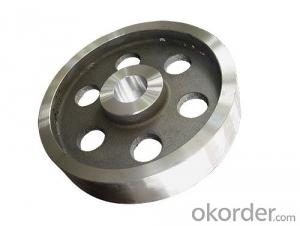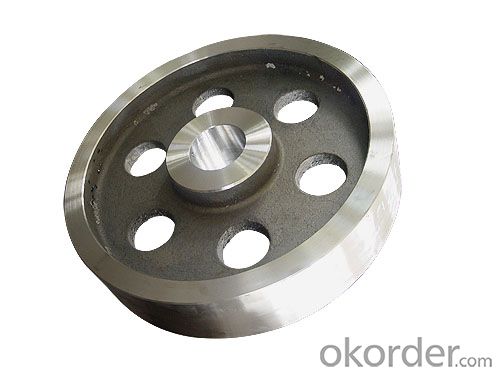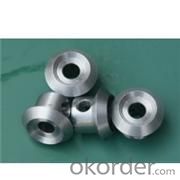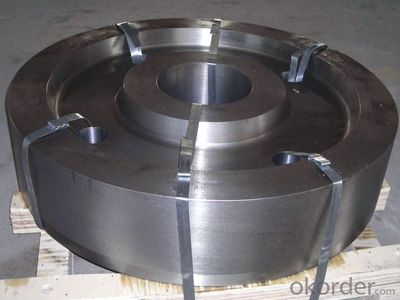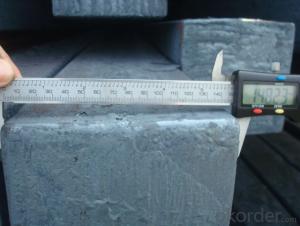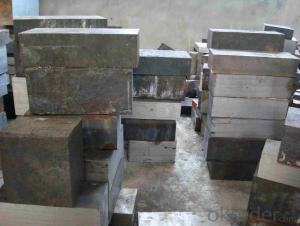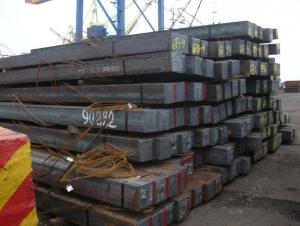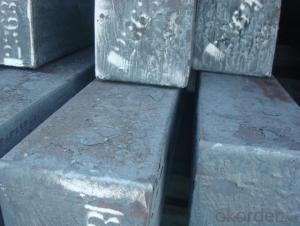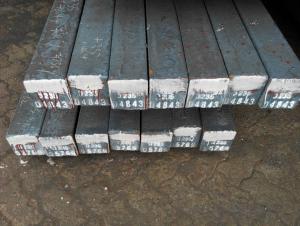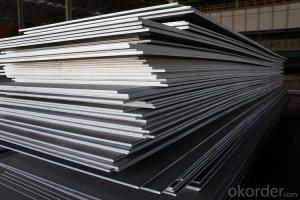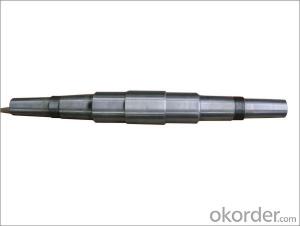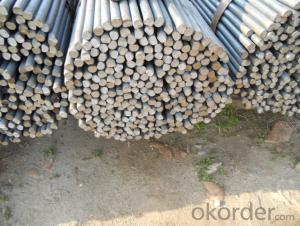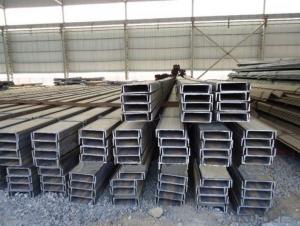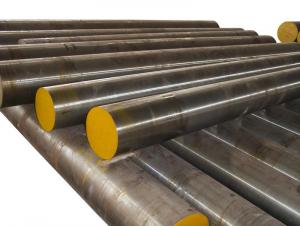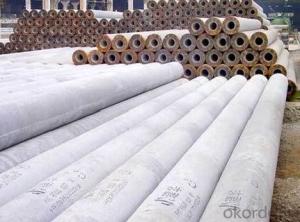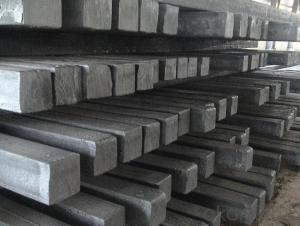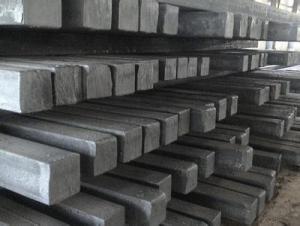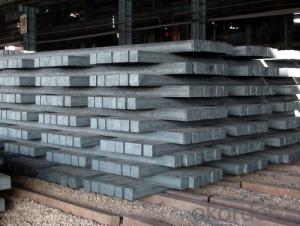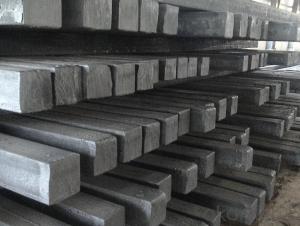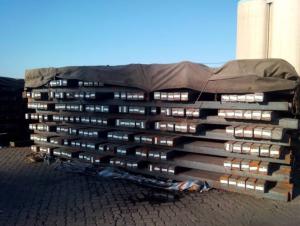Steel Profile Hot Rolled with High Quality for Construction
- Loading Port:
- China main port
- Payment Terms:
- TT or LC
- Min Order Qty:
- 500 m.t.
- Supply Capability:
- 2000 m.t./month
OKorder Service Pledge
OKorder Financial Service
You Might Also Like
Product Description:
OKorder is offering Steel Profile Hot Rolled with High Quality for Construction at great prices with worldwide shipping. Our supplier is a world-class manufacturer of steel, with our products utilized the world over. OKorder annually supplies products to European, North American and Asian markets. We provide quotations within 24 hours of receiving an inquiry and guarantee competitive prices.
Product Applications:
Steel Profile Hot Rolled with High Quality for Construction are ideal for structural applications and are widely used in the construction of buildings and bridges, and the manufacturing, petrochemical, and transportation industries.
Product Advantages:
OKorder's Steel Profile Hot Rolled with High Quality for Construction are durable, strong, and resist corrosion.
Main Product Features:
· Premium quality
· Prompt delivery & seaworthy packing (30 days after receiving deposit)
· Corrosion resistance
· Can be recycled and reused
· Mill test certification
· Professional Service
· Competitive pricing
Packaging & Delivery:
Packaging Detail: products are packed in bundle and then shipped by container or bulk vessel, deformed bar is usually naked strapping delivery, when storing, please pay attention to moisture proof. The performance of rust will produce adverse effect.
Each bundle weight: 2-3MT, or as required
Payment term: TT or L/C
Delivery Detail: within 45 days after received advanced payment or LC.
Label: to be specified by customer, generally, each bundle has 1-2 labels
Trade terms: FOB, CFR, CIF
FAQ:
Q1: Why buy Materials & Equipment from OKorder.com?
A1: All products offered byOKorder.com are carefully selected from China's most reliable manufacturing enterprises. Through its ISO certifications, OKorder.com adheres to the highest standards and a commitment to supply chain safety and customer satisfaction.
Q2: How do we guarantee the quality of our products?
A2: We have established an advanced quality management system which conducts strict quality tests at every step, from raw materials to the final product. At the same time, we provide extensive follow-up service assurances as required.
Q3: How soon can we receive the product after purchase?
A3: Within three days of placing an order, we will begin production. The specific shipping date is dependent upon international and government factors, but is typically 7 to 10 workdays.
Images:
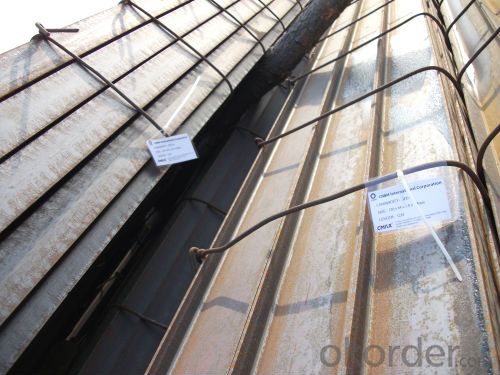
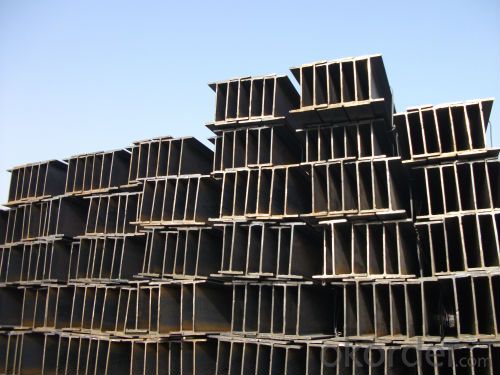
- Q: What are the environmental impacts of steel billet production?
- The production of steel billets, which are semi-finished steel products, can have various environmental impacts. One significant environmental impact is the emission of greenhouse gases during the steel manufacturing process. The production of steel billets involves the melting of iron ore, which releases carbon dioxide (CO2) into the atmosphere. CO2 is a major contributor to global warming and climate change. Another environmental impact of steel billet production is the consumption of natural resources. The steel industry requires significant amounts of water and energy to produce billets. The extraction and processing of raw materials, such as iron ore and coal, can also lead to habitat destruction and disruption of ecosystems. Furthermore, the production of steel billets can result in air and water pollution. The combustion of fossil fuels during the manufacturing process releases various pollutants, including sulfur dioxide (SO2) and nitrogen oxides (NOx), which contribute to acid rain and respiratory problems. Additionally, the discharge of wastewater from steel production can contain heavy metals and other contaminants, which can pollute rivers and harm aquatic life. Steel billet production also generates solid waste, such as slag and dust, which can pose challenges for waste management. These waste materials may contain toxic substances and require proper handling and disposal to prevent environmental contamination. To mitigate the environmental impacts of steel billet production, various measures can be taken. The adoption of cleaner technologies, such as energy-efficient furnaces and recycling processes, can help reduce energy consumption and emissions. Implementing rigorous environmental management systems and investing in pollution control technologies can also minimize air and water pollution. Additionally, promoting the use of recycled steel and sustainable sourcing of raw materials can help conserve natural resources and reduce the environmental footprint of steel billet production.
- Q: Can steel billets be used in the production of railway tracks?
- Yes, steel billets can be used in the production of railway tracks. Steel billets are commonly used as raw material for manufacturing various steel products, including railway tracks. The billets are first heated and then rolled into shape to create the required profile for the tracks. This process ensures the tracks have the necessary strength, durability, and dimensional accuracy to withstand the heavy loads and constant usage in railway operations.
- Q: How are steel billets used in the manufacturing of tooling?
- Steel billets are used in the manufacturing of tooling as they serve as the raw material for shaping and forming various types of tools. The billets are heated, forged, and machined to create tooling components such as dies, molds, and cutting or shaping tools. The high strength and durability of steel make it an ideal choice for tooling applications as it can withstand the demanding conditions and repetitive use typically required in manufacturing processes.
- Q: What are steel billets?
- Steel billets are semi-finished metal products that are typically rectangular in shape and made from molten steel. They serve as raw material for further processing and are commonly used in the production of bars, rods, and wire products.
- Q: How do steel billets contribute to the fire resistance of a structure?
- Steel billets contribute to the fire resistance of a structure primarily due to their high melting point and ability to conduct heat. Steel, in general, has a melting point of around 1370-1538 degrees Celsius (2500-2800 degrees Fahrenheit), which is significantly higher than other commonly used building materials such as wood or concrete. During a fire, the high melting point of steel billets allows them to withstand intense heat without losing their structural integrity. This means that even when exposed to high temperatures, the steel framework of a building will not warp, soften, or collapse easily, reducing the risk of structural failure. Furthermore, steel is a good conductor of heat, which helps dissipate the heat generated during a fire. When steel is exposed to fire, it quickly absorbs the heat and conducts it away from the affected area, preventing the fire from spreading and minimizing the damage to the structure. This heat dissipation property also helps to prevent the transfer of heat to other non-steel components of the building, such as walls or floors, which could otherwise contribute to the fire's rapid spread. In addition to their high melting point and heat conduction properties, steel billets also have a low thermal expansion coefficient. This means that even when exposed to extreme heat, steel expands at a relatively slow rate compared to other materials. This characteristic helps to prevent excessive movement or deformation of the steel structure during a fire, ensuring that the building maintains its stability and structural integrity. Overall, steel billets play a crucial role in enhancing the fire resistance of a structure by offering high heat resistance, efficient heat conduction, and minimal thermal expansion. These properties make steel an ideal choice for constructing fire-resistant buildings, providing increased safety for occupants and reducing the risk of total or partial collapse during a fire event.
- Q: How are steel billets used in the manufacturing of tools?
- Steel billets are used in the manufacturing of tools as the starting material. They are heated, shaped, and machined into various tool components, such as cutting blades, drill bits, or molds, to achieve the desired shape and strength.
- Q: What are the different types of non-destructive testing methods used for steel billets?
- There are several different types of non-destructive testing methods used for steel billets. These methods are employed to ensure the quality and integrity of the billets without causing any damage or alteration to the material. Some of the commonly used non-destructive testing methods for steel billets include: 1. Ultrasonic Testing (UT): This method uses high-frequency sound waves to detect internal defects or inconsistencies within the steel billets. UT can identify issues like cracks, voids, and inclusions that may affect the billet's strength and performance. 2. Magnetic Particle Testing (MPT): MPT involves the use of magnetic fields and magnetic particles to detect surface and near-surface defects in the steel billets. This method is particularly effective for identifying cracks, seams, and other discontinuities that may not be visible to the naked eye. 3. Eddy Current Testing (ECT): ECT utilizes electromagnetic induction to assess the quality of steel billets. It can detect surface and near-surface defects, such as cracks and corrosion, by measuring changes in electrical conductivity and magnetic fields. 4. Visual Inspection: Visual inspection is a basic non-destructive testing method that involves a thorough visual examination of the steel billets. It aims to identify any visible defects, such as surface cracks, dents, or irregularities in shape or size. 5. Penetrant Testing (PT): PT involves applying a liquid or fluorescent dye to the surface of the steel billets. The dye seeps into any surface defects, and after a certain time, excess dye is removed, and a developer is applied to make the defects visible. This method is useful for detecting surface cracks, porosity, and other surface irregularities. 6. Radiographic Testing (RT): RT uses X-rays or gamma rays to penetrate the steel billets and produce an image that can reveal internal defects. This method is highly effective for detecting cracks, inclusions, and voids within the billets. Each of these non-destructive testing methods plays a crucial role in ensuring the quality and reliability of steel billets. By employing a combination of these techniques, manufacturers can identify any potential defects or inconsistencies and take appropriate measures to rectify them, thereby ensuring the safety and performance of the steel billets in various applications.
- Q: How do steel billets contribute to energy efficiency?
- Steel billets contribute to energy efficiency in several ways: 1. Production efficiency: Steel billets are the initial form of steel that is used in various manufacturing processes. By using steel billets as a starting material, manufacturers can achieve greater production efficiency. The uniform size and shape of billets allow for easier handling, cutting, and shaping, reducing energy consumption during the manufacturing process. 2. Resource optimization: Steel billets are typically made from recycled steel scrap. By using recycled steel as the raw material, manufacturers reduce the need for extracting and processing virgin iron ore, which is an energy-intensive process. This helps in conserving natural resources and reducing the overall energy consumption associated with steel production. 3. Heat recovery: During the manufacturing of steel billets, high temperatures are required to melt and shape the steel. However, modern steel plants are equipped with advanced technologies that allow for efficient heat recovery. The excess heat generated during the process can be captured and utilized for various purposes, such as generating steam or heating other areas of the plant. This heat recovery system helps to reduce energy wastage and increase overall energy efficiency. 4. Energy-efficient equipment: Steel billet production often involves the use of heavy machinery and equipment. Manufacturers are increasingly investing in energy-efficient technologies and equipment to reduce energy consumption. For example, using more efficient electric arc furnaces or induction heating systems can significantly reduce energy requirements compared to traditional methods. These advancements in technology contribute to the overall energy efficiency of steel billet production. Overall, steel billets play a crucial role in energy efficiency within the steel industry. From production efficiency to resource optimization and heat recovery, the use of steel billets helps in minimizing energy consumption and promoting a more sustainable steel manufacturing process.
- Q: What are the potential applications of steel billets in the oil and gas aftermarket?
- Steel billets have a wide range of potential applications in the oil and gas aftermarket. Firstly, steel billets can be used for the manufacturing of various components in the oil and gas industry, such as valves, flanges, and fittings. These components are essential for the operation and maintenance of pipelines, refineries, and drilling facilities. Additionally, steel billets can be used for the production of seamless pipes, which are crucial for transporting oil and gas over long distances. Seamless pipes made from steel billets offer high strength, durability, and resistance to corrosion, making them suitable for the harsh conditions often encountered in the oil and gas industry. Furthermore, steel billets can be utilized in the manufacturing of downhole tools and equipment. These tools are used during drilling operations to extract oil and gas from the ground. Steel billets provide the necessary strength and toughness required to withstand the extreme pressures and temperatures encountered in downhole environments. Moreover, steel billets can be used for the fabrication of storage tanks and vessels used in the oil and gas industry. These tanks are used for storing crude oil, refined products, and natural gas. Steel billets offer excellent weldability and structural integrity, ensuring the reliability and safety of storage facilities. Furthermore, steel billets can be used for the construction of offshore platforms and structures. These platforms are used for drilling, production, and processing activities in offshore oil and gas fields. Steel billets are favored in this application due to their high strength, corrosion resistance, and ability to withstand the harsh marine environment. In summary, the potential applications of steel billets in the oil and gas aftermarket are extensive. From the manufacturing of components, seamless pipes, and downhole tools to the fabrication of storage tanks and offshore platforms, steel billets play a vital role in supporting the operations of the oil and gas industry.
- Q: What are the different types of steel billets used in the aerospace industry?
- Various types of steel billets are utilized in the aerospace industry to meet the stringent requirements for aircraft components. Rigorous testing and quality control are undertaken on these steel billets to ensure they meet the necessary standards for aerospace applications. 1. Stainless Steel Billets: Stainless steel proves to be highly resistant to corrosion, making it an ideal choice for aircraft parts that are exposed to moisture, high temperatures, and chemicals. It possesses excellent mechanical properties, including high strength and toughness, which are essential for aerospace components. 2. Alloy Steel Billets: Alloy steel combines iron with other elements, such as nickel, chromium, and molybdenum, to enhance specific properties. These billets offer outstanding strength, hardness, and wear resistance, making them suitable for critical parts like landing gear, engine components, and structural elements. 3. Tool Steel Billets: Tool steel is renowned for its exceptional hardness, toughness, and high temperature resistance. It is commonly used in the aerospace industry for manufacturing cutting tools, dies, and molds. The ability to retain its hardness at elevated temperatures makes tool steel billets crucial for machining and shaping aerospace components. 4. Carbon Steel Billets: Due to its high strength, low cost, and ease of manufacturing, carbon steel is widely utilized in the aerospace industry. It primarily finds application in non-critical parts such as brackets, fasteners, and supports. Carbon steel billets can be further classified based on their carbon content, with higher carbon steel providing greater strength but reduced ductility. 5. Titanium Steel Billets: Titanium alloys are extensively employed in the aerospace industry due to their exceptional strength-to-weight ratio, corrosion resistance, and high-temperature performance. These billets offer excellent mechanical properties while being lightweight, making them ideal for critical components like aircraft frames, engine parts, and landing gear. It is essential to consider factors such as strength, weight, corrosion resistance, temperature resistance, and cost when selecting steel billets for aerospace components. The choice of steel billets plays a crucial role in ensuring the safety, performance, and longevity of the aircraft components.
Send your message to us
Steel Profile Hot Rolled with High Quality for Construction
- Loading Port:
- China main port
- Payment Terms:
- TT or LC
- Min Order Qty:
- 500 m.t.
- Supply Capability:
- 2000 m.t./month
OKorder Service Pledge
OKorder Financial Service
Similar products
Hot products
Hot Searches
Related keywords
